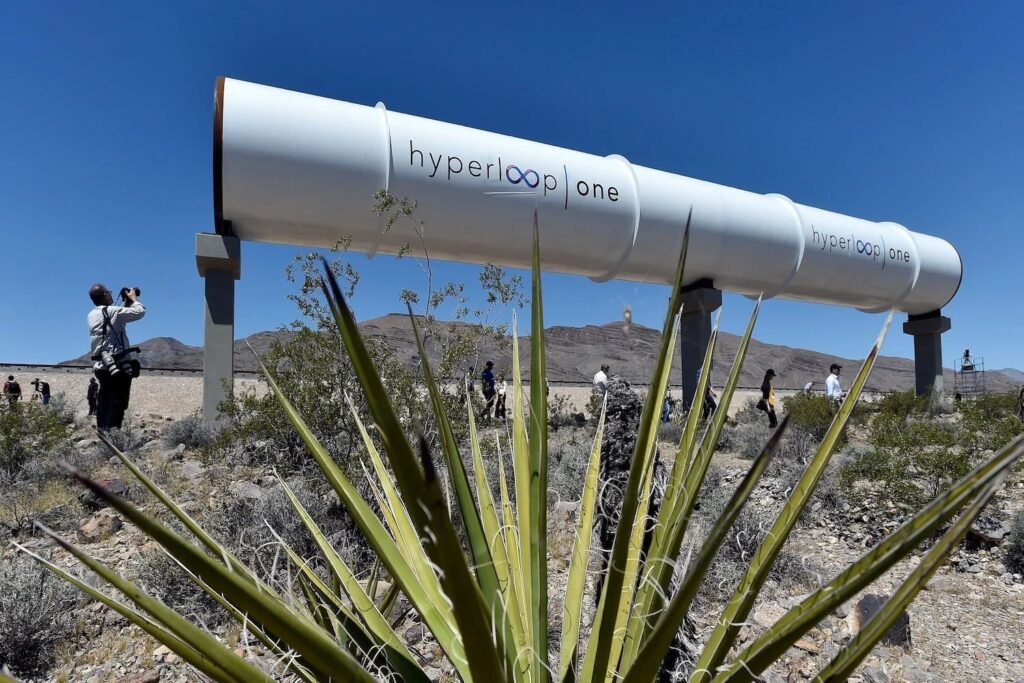The company Hyperloop advances in the development of its technology.

The company Hardt Hyperloop has announced a significant advancement in the development of this new transportation system. The company has managed to “levitate” its vehicle and send it through a 420-meter underground tube at the European Hyperloop Test Facility.
Marinus van der Meijs, Chief Technology and Engineering Officer at Hardt, reported that during the test, the vehicle was lifted and the guidance and propulsion systems were activated. However, the vehicle did not reach high speeds; it only traveled at about 29 kilometers per hour, equivalent to a slow train, and did not carry passengers.
The pieces needed to achieve the goal
Roel van de Pas, Chief Commercial Officer at Hardt, emphasized that for the Hyperloop to become a reality as a mobility system, a complex puzzle needs to be solved, including technology, policies, and public-private collaboration.
The development of the Hyperloop has faced many challenges. Hyperloop One (formerly Virgin Hyperloop), one of the main companies involved, has experienced years of efforts and numerous financial setbacks.
Despite these issues, China, which is leading the way in high-speed rail technology, has made significant progress. This raises questions about why development in the Western world has been so challenging compared to China’s success. One possible reason could be the “public-private collaboration” mentioned by van de Pas. While the Western model relies on profit-driven private companies, China funded its train projects with a different approach.
Elon Musk, often credited for the idea of the Hyperloop, actually suggested it as an open-source concept and stated that he had no real interest in developing it. Recently, Musk has been busy with other projects, such as SpaceX, Tesla, and experimenting with Neuralink.
Hardt Hyperloop’s advancement is a positive step, but there is still much to be done before the Hyperloop becomes a viable and widespread transportation option.
This article has been translated from Gizmodo US by Lucas Handley. You can find the original version here.




